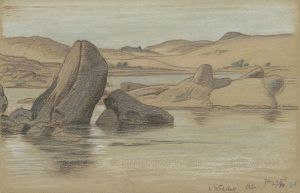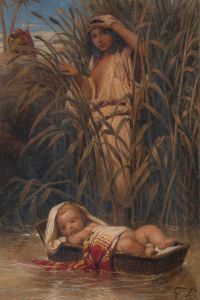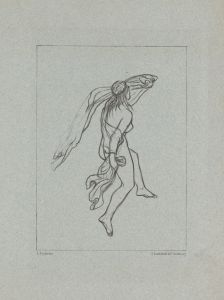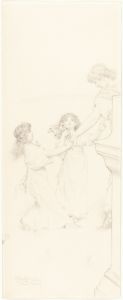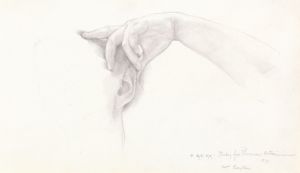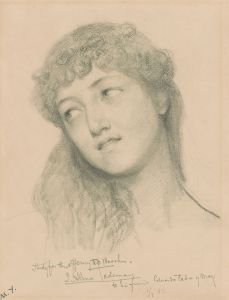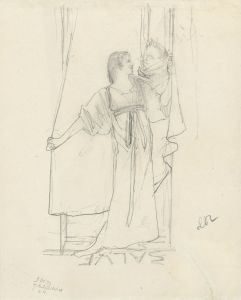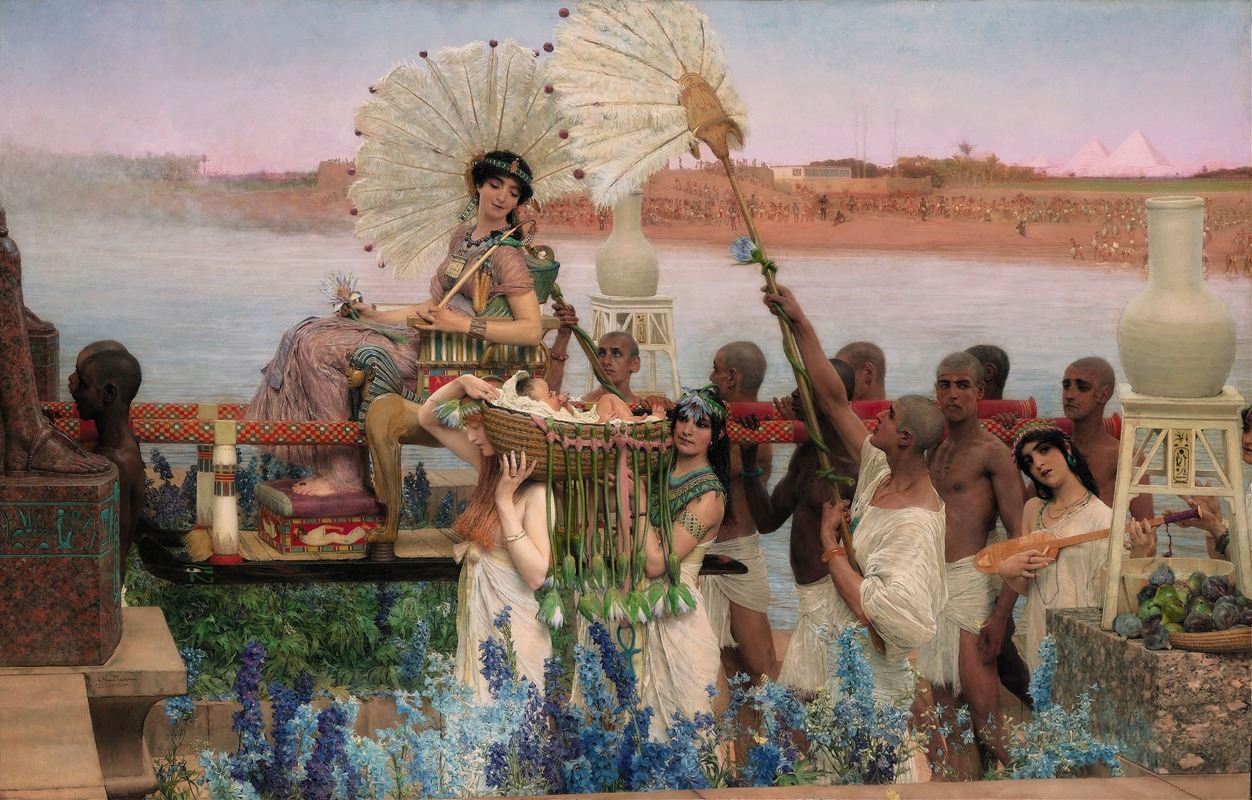
The finding of Moses
A hand-painted replica of Lawrence Alma-Tadema’s masterpiece The finding of Moses, meticulously crafted by professional artists to capture the true essence of the original. Each piece is created with museum-quality canvas and rare mineral pigments, carefully painted by experienced artists with delicate brushstrokes and rich, layered colors to perfectly recreate the texture of the original artwork. Unlike machine-printed reproductions, this hand-painted version brings the painting to life, infused with the artist’s emotions and skill in every stroke. Whether for personal collection or home decoration, it instantly elevates the artistic atmosphere of any space.
"The Finding of Moses" is a painting by the renowned Dutch-British artist Lawrence Alma-Tadema, completed in 1904. Alma-Tadema was known for his meticulous attention to detail and his ability to bring historical scenes to life with a sense of authenticity and vibrancy. This particular work is a prime example of his skill in depicting scenes from antiquity with both historical accuracy and artistic flair.
The painting illustrates the biblical story of the discovery of the infant Moses, as recounted in the Book of Exodus. According to the narrative, Moses was born at a time when the Pharaoh of Egypt had decreed that all newborn Hebrew boys were to be killed. To save her son, Moses' mother placed him in a basket and set him afloat on the Nile River. The basket was discovered by the Pharaoh’s daughter, who decided to adopt the child as her own.
Alma-Tadema's "The Finding of Moses" captures the moment of discovery with a composition that is both dramatic and serene. The scene is set along the lush banks of the Nile, with the river's calm waters providing a tranquil backdrop. The Pharaoh’s daughter is depicted as a regal figure, surrounded by her attendants, who are all dressed in elaborate, historically inspired costumes. The artist's attention to detail is evident in the intricate patterns of the fabrics, the ornate jewelry, and the lush vegetation that frames the scene.
Alma-Tadema's use of color and light enhances the painting's narrative and emotional impact. The warm, golden tones of the Egyptian landscape contrast with the cool blues and whites of the figures' garments, drawing the viewer's eye to the central action of the scene. The artist's skillful rendering of textures, from the smoothness of the skin to the softness of the fabrics, adds to the painting's realism and depth.
The composition of "The Finding of Moses" reflects Alma-Tadema's interest in classical antiquity and his ability to blend historical accuracy with artistic imagination. His depiction of the Pharaoh’s daughter and her retinue is informed by his extensive research into ancient Egyptian culture, yet it also reflects the Victorian fascination with the exotic and the opulent.
Lawrence Alma-Tadema's work was highly regarded during his lifetime, and he was celebrated for his ability to transport viewers to distant times and places through his art. "The Finding of Moses" is a testament to his talent and his dedication to bringing the past to life with beauty and precision. Today, the painting is held in a private collection, continuing to captivate audiences with its timeless portrayal of a pivotal moment in biblical history.





